What's New
Displaying results 4891 - 4900 of 4907
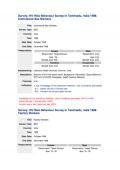
Resource | Data Sheets,
Sections of the final report cover: Background Information, Sexual Behavior, STD and HIV/AIDS Knowledge, STD Health Seeking Behavior.
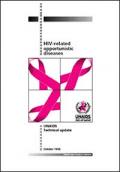
Resource | Publications,
Opportunistic diseases in a person with HIV are the products of two things: the person's lack of immune defenses caused by the virus, and the presence of microbes and other pathogens in our everyday environment.
Effective intervention against opportunistic diseases requires not only the appropriate drug or other medications for a given medical condition, but also the infrastructure necessary to diagnose the condition, monitor the intervention, and counsel patients. As well, use of drugs and tests must be supported by proper storage, handling and administrative procedures.

Resource | Laws and Policies,
An act promulgating policies and prescribing measures for the prevention and control of HIV/AIDS in the Philippines, instituting a nationwide HIV/AIDS information and educational program, establishing a comprehensive HIV/AIDS monitoring system, strengthening the Philippine National Aids Council, and for other purposes.
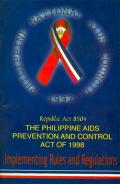
Resource | Laws and Policies,
With the passage of Republic Act 8504 otherwise known as the Philippine AIDS Prevention and Control Act of 1998, the country's response to HIV/AIDS is now strengthened and concretized via the wide spectrum of provisions comprehensively contained in this law. This law also attempts to address major concerns involving various issues on human rights vis-a-vis public health and safety.
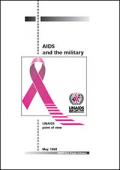
Resource | Publications,
Military personnel are a population group at special risk of exposure to sexually transmitted diseases (STDs), including HIV. In peace time, STD infection rates among armed forces are generally 2 to 5 times higher than in civilian populations; in time of conflict the difference can be 50 times higher or more. Paradoxically — and fortunately — strong traditions of organization and discipline give the military significant advantages if they move decisively against HIV/AIDS.
Recently, comparative studies of sexual behaviour in France, the UK and the USA showed that military personnel (both career and conscripted personnel) have a much higher risk of HIV infection than groups of equivalent age/sex in the civilian population. Armed forces in other parts of the world reflect the same phenomenon. A 1995 estimate of HIV in Zimbabwe, for instance, places the infection rate for the armed forces at 3 to 4 times higher than the level in the civilian population.
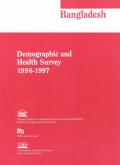
Resource | Publications,
The 1996-97 Bangladesh Demographic and Health Survey (BDHS) is a nationally-representative survey of 9,127 ever-married women age 10-49 and 3,312 currently married men age 15-59. The BDHS was designed to provide information on levels and trends of fertility, family planning knowledge and use, infant and child mortality, and maternal and child health and nutrition. Fieldwork for the BDHS took place from early November 1996 to mid-March 1997.
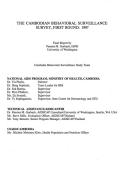
Resource | Publications,
The purpose of the Behavioral Surveillance Survey (BSS) is to measure how behavior that is risky for STD/HIV changes in the Cambodian population over time. The BSS will show if sexual behavior in Cambodia is changing across different groups, which will help to understand if the prevention programs are working.
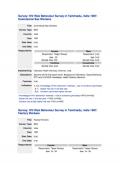
Resource | Data Sheets,
Sections of the final report cover: Background Information, Sexual Behavior, STD and HIV/AIDS Knowledge, STD Health Seeking Behavior.
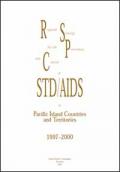
Resource | Publications,
The HIV and AIDS pandemic has created impact on societies like no other past disease. The virus knows no social, ethnic, gender, economic or cultural boundaries. It has caused devastation in many countries in the world, particularly where poverty, crowding and poor human and economic development have provided an ideal environment for the virus to take hold and for AIDS to develop. AIDS is now one of the endemic diseases of the majority of sub-Saharan African countries and is spreading rapidly throughout South-East and South Asia.
This document will be presented for endorsement to the governing body of SPC, the South Pacific Conference, as an indication of support for a coordinated, collaborative and appropriate response to HIV/AIDS and STD in the Pacific Islands countries and territories. However, the strategy is only useful if the information is used to guide activities.
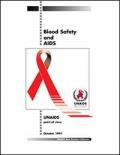
Resource | Publications,
The human immunodeficiency virus (HIV) is efficiently transmitted through blood transfusions. The probability of becoming infected through a transfusion of blood tainted with HIV is estimated at over 90%. In contrast, risk through a single act of sexual intercourse ranges from a few percent to less than one percent. And the dose of HIV in a single blood transfusion is so large that an adult infected in this way may quickly develop AIDS - on average within three to five years (two years in children).
Blood transfusions save millions of lives each year, but in places where a safe blood supply is not guaranteed, those receiving transfused blood have an increased risk of being infected with HIV.





